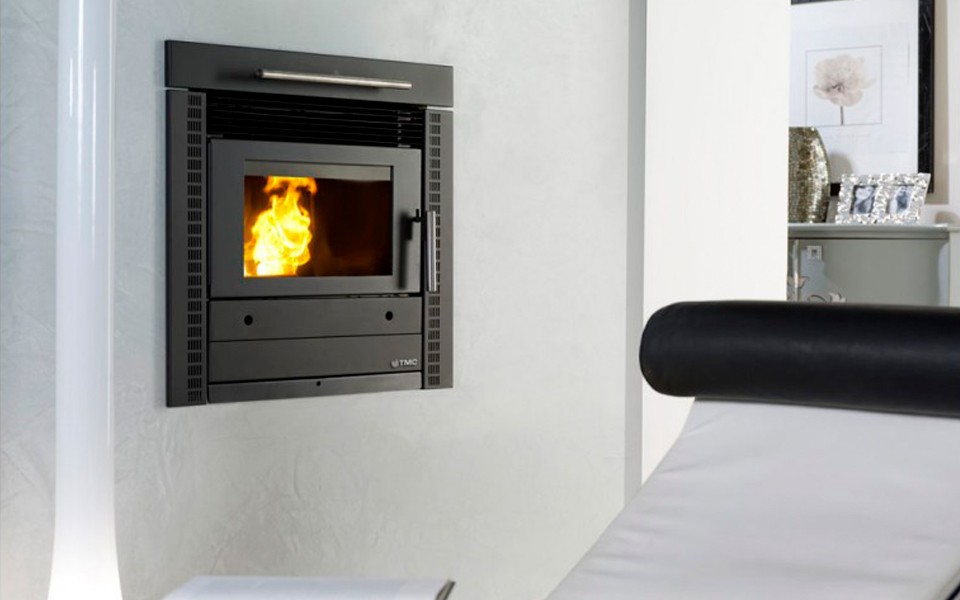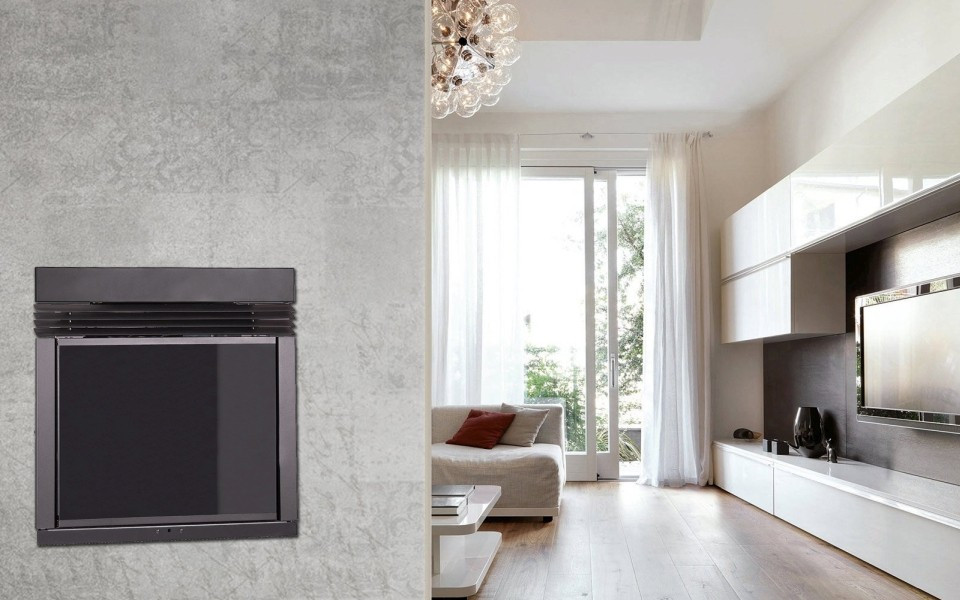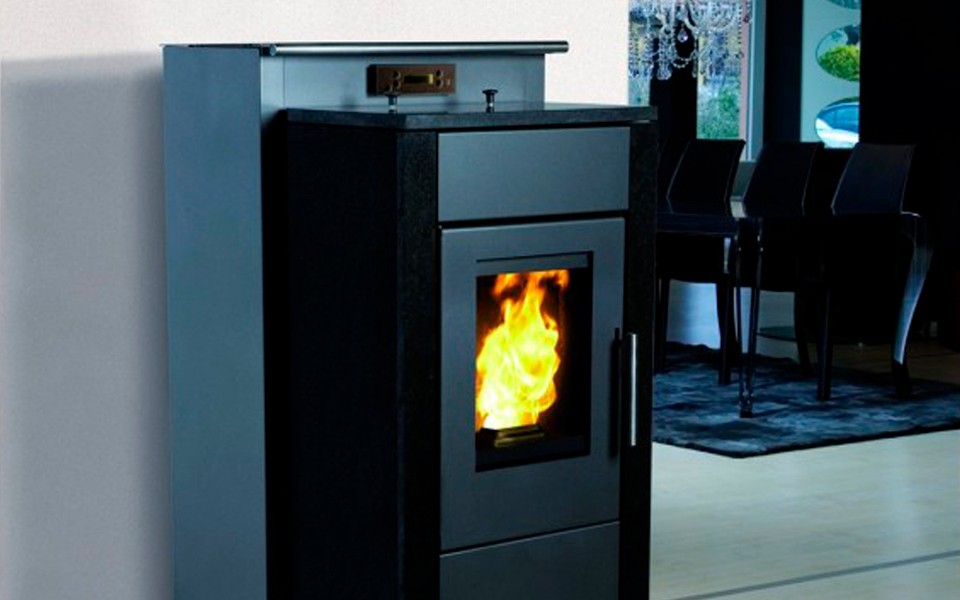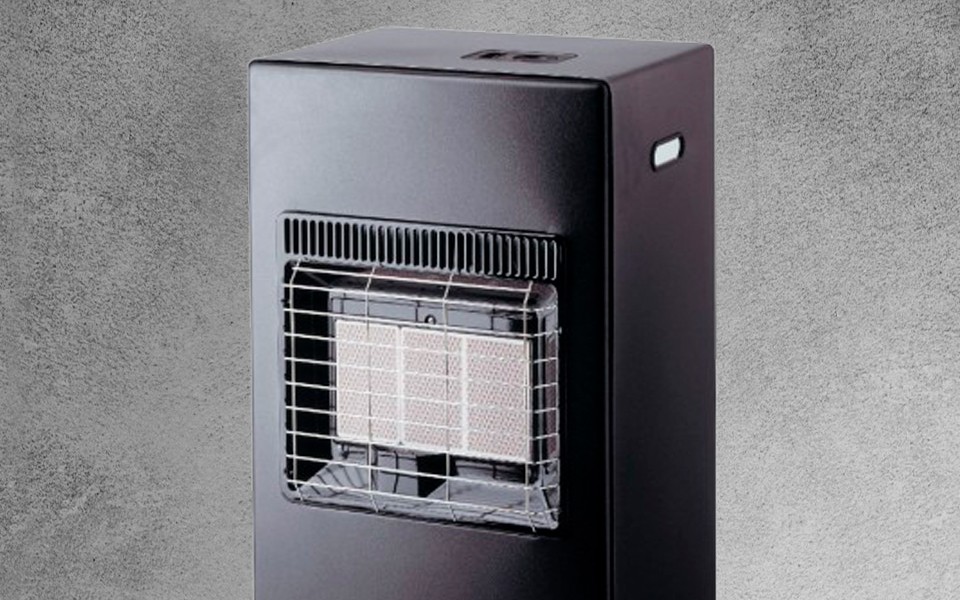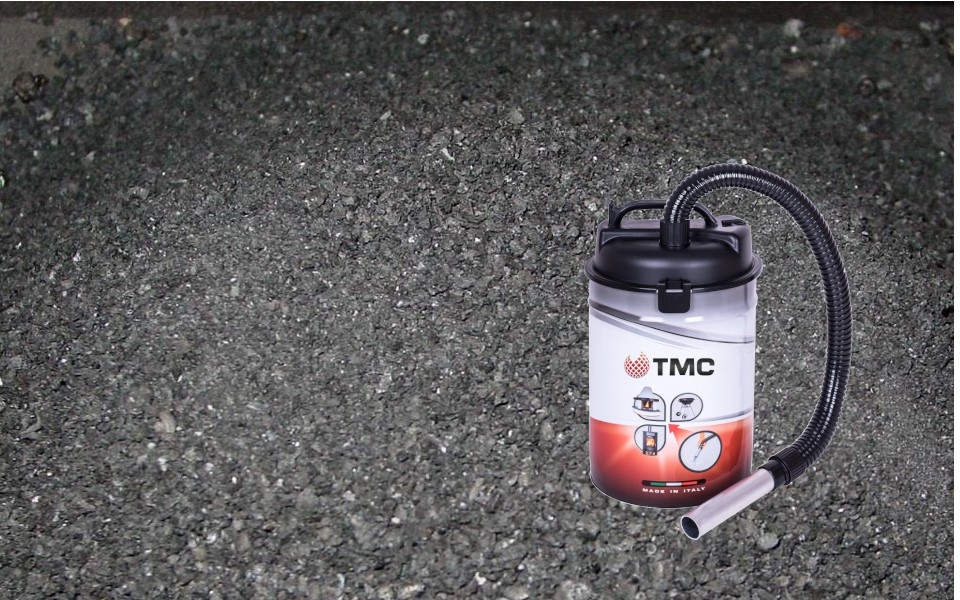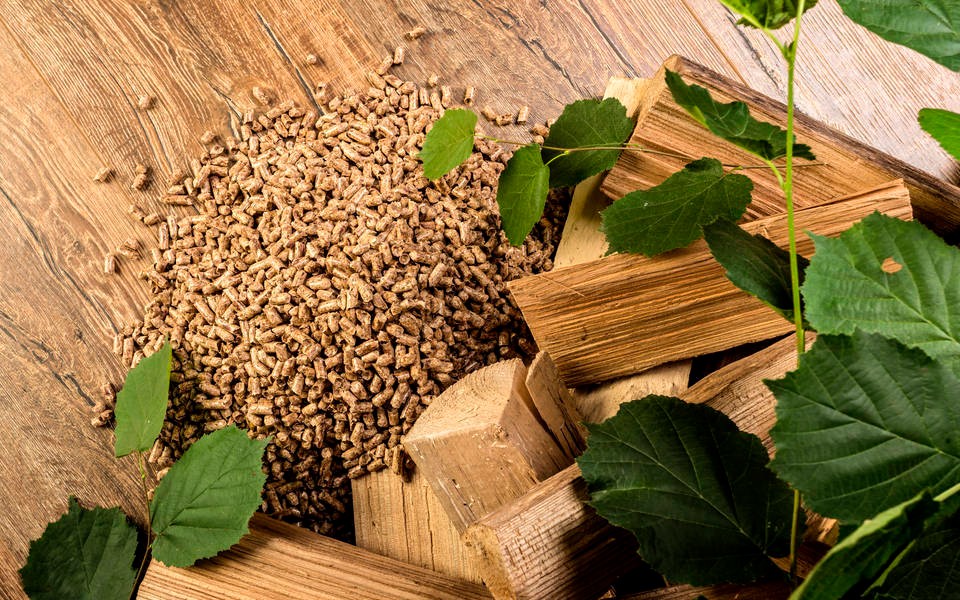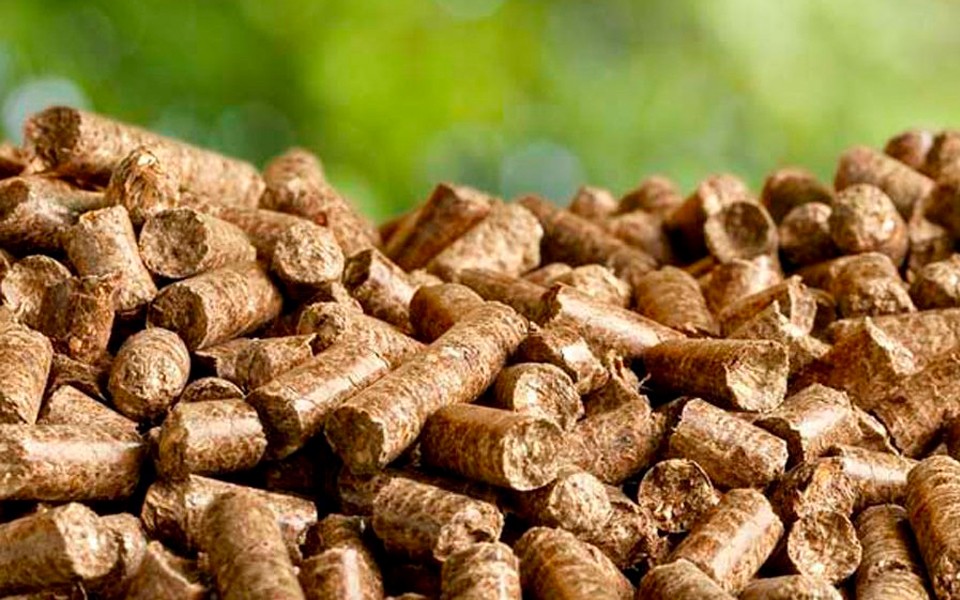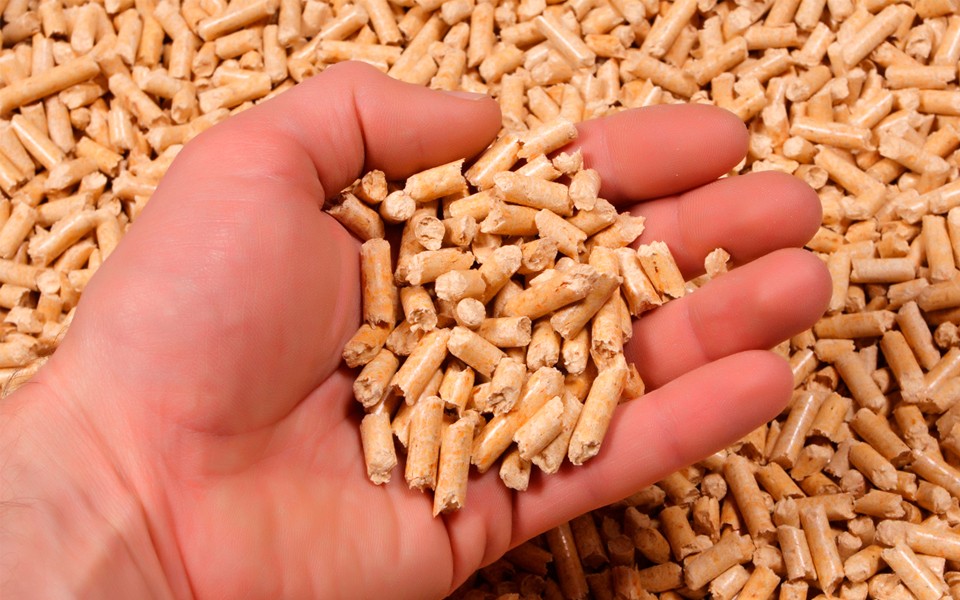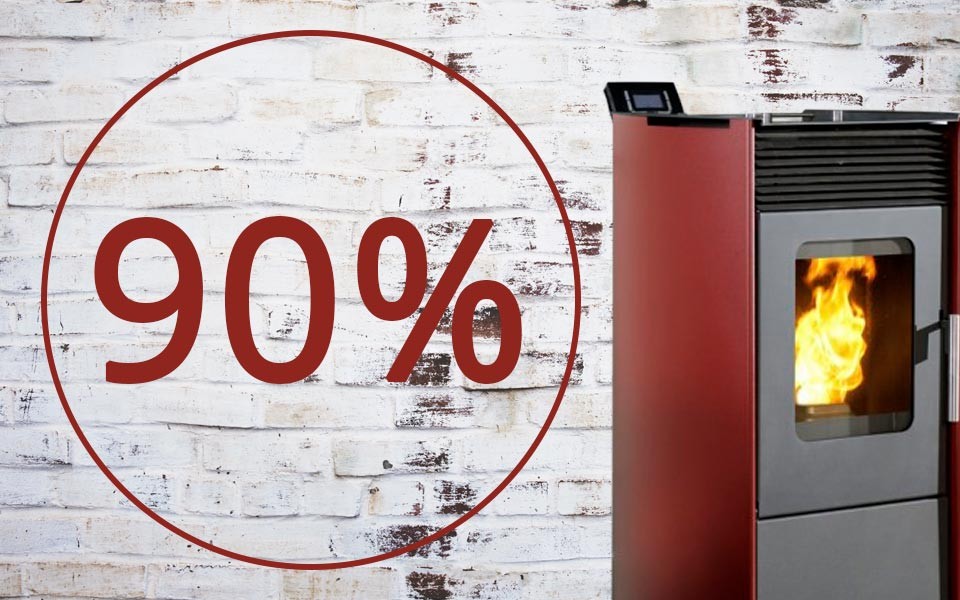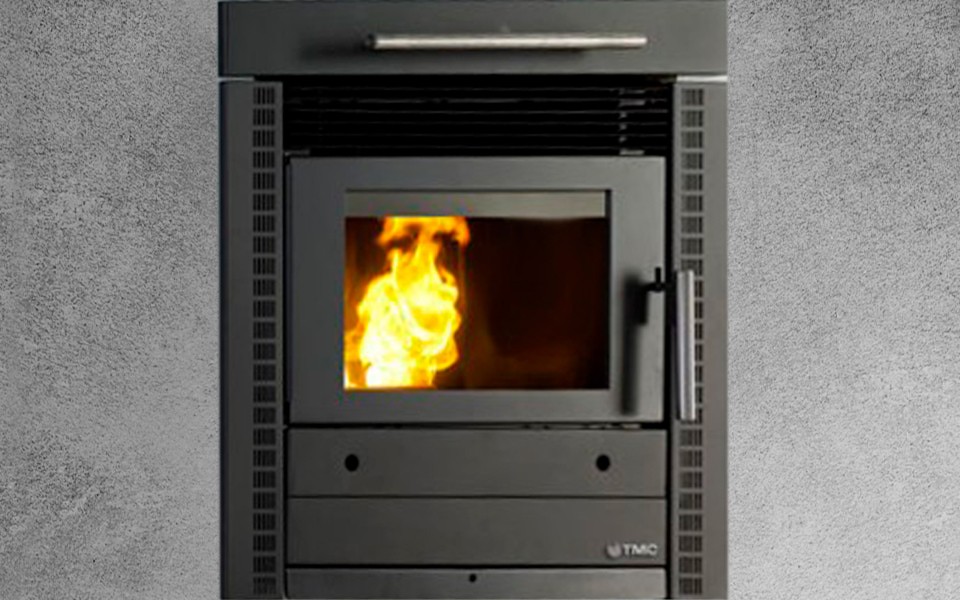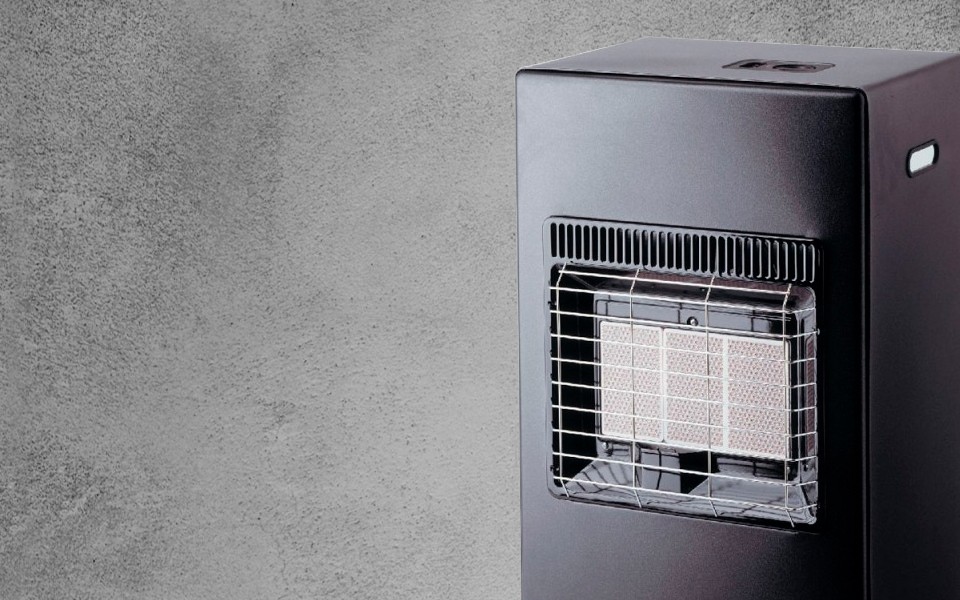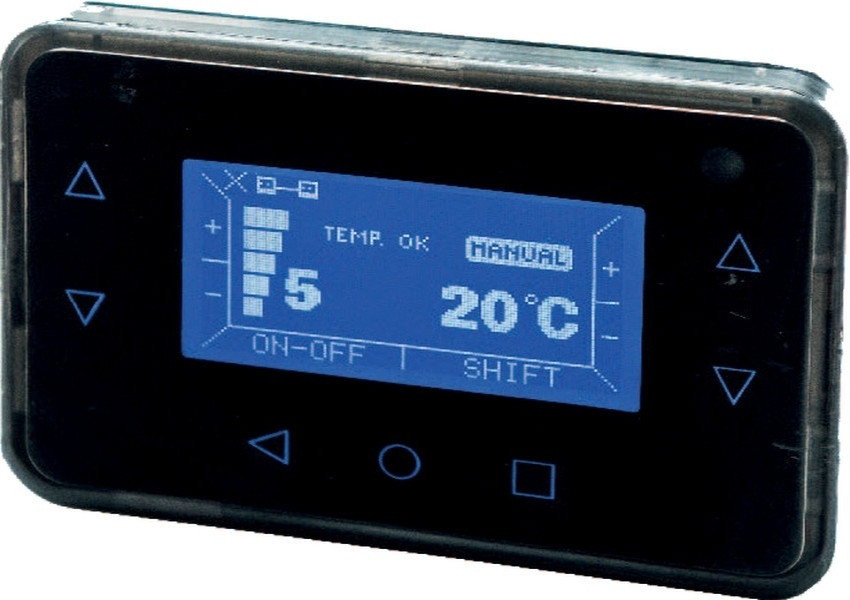The wood sawdust is pressed in the form of small cylinders of a 6/8mm diameter and 10/30mm length.
During the pressing phase, the heat which develops activates the "lignen" (contained in the wood itself) whose natural bonding ability allows to obtain a compact product without additives or chemical substances.
What is Pellet
The wood pellet is a solid cylinder shaped combustible made of pure dried wood.
Ecological
The pellet is made up of wood processing scraps and may therefore be classified as a biomass which, by burning, produces low CO2 and NOX emissions, and the combustion residues may be used again as fertiliser.
Also the lack of binders, additives, paints and chemical products makes the pellet less toxic and pollutant compared to other combustibles.
Clean
The ash residue left by pellet combustion is truly low, just think that on average the pellet leaves an ash residue below 1% of the total weight.
This notable decreases cleaning operations.
Economical
It is one of the most economical combustibles available today on a grand scale. Also compared to wood to burn (in itself one of the most economical combustibles), the heat power of the pellet with equal volume is about double compared to that of wood.
Practical
Differently from wood to burn, which requires large available spaces, the pellet may be easily stored also in small environments.
Transport is also easier and may be done alone, without the aid of others.
The choice of pellet will determine the appropriate operation of all pellet stoves.

